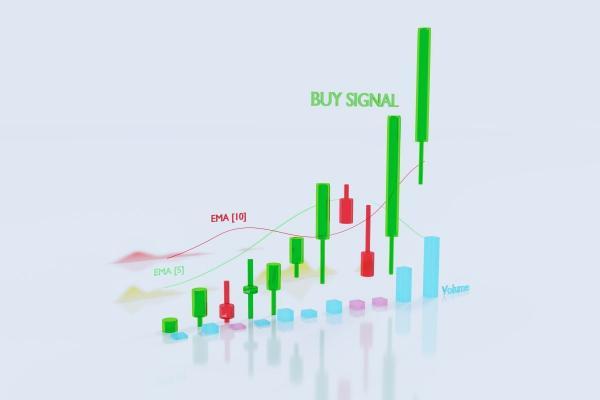Forex Signals Explained: Why They Matter

Forex signals are essential tools for traders looking to navigate the complexities of the foreign exchange market. By providing timely insights and recommendations on potential trade opportunities, these signals can significantly enhance decision-making and risk management. Understanding how forex signals work and their importance can empower traders to maximize their profits while minimizing losses, ultimately leading to a more successful trading experience. In this blog post, we will delve into the various aspects of forex signals, explaining why they matter and how they can be leveraged for better trading outcomes.
What Are Forex Signals?
Forex signals are recommendations generated by either human analysts or automated systems to indicate the optimal times to buy or sell currency pairs. These signals often include critical information such as entry and exit points, stop-loss levels, and take-profit targets. They can be based on various forms of analysis, including technical indicators, fundamental analysis, or market sentiment. The primary purpose of forex signals is to help traders make informed decisions quickly, reducing the time and effort required for market analysis.
The Benefits of Using Forex Signals
Forex signals offer several advantages, including saving time on market analysis and improving decision-making accuracy. They provide traders with expert insights and actionable recommendations, which can be particularly beneficial for those who are new to trading or lack extensive market knowledge. Additionally, forex signals can help in managing risk by suggesting optimal entry and exit points, as well as stop-loss levels. By using these signals, traders can potentially increase their profitability and reduce the emotional stress often associated with trading decisions.
How Forex Signals Work
Forex signals work by analyzing market data to identify potential trading opportunities. Human analysts or automated algorithms evaluate factors like price movements, market trends, and economic indicators. Once a favorable trade setup is identified, a signal is generated, detailing the currency pair, entry and exit points, and risk management parameters like stop-loss and take-profit levels. These signals are then communicated to traders via various channels, such as email, SMS, or dedicated platforms, allowing them to act promptly and effectively. This process enables traders to make data-driven decisions without having to constantly monitor the markets themselves.
Choosing the Right Forex Signals Provider
When selecting a forex signals provider, consider factors such as their track record, the transparency of their results, and the methods they use for generating signals. Look for providers with verified performance records and positive user reviews. It’s also important to evaluate their communication channels and responsiveness to queries. Opt for providers who offer trial periods or money-back guarantees, allowing you to test their forex signals before committing long-term. Additionally, ensure the provider’s signals align with your trading style and risk tolerance for the best synergy in your trading strategy.
Integrating Forex Signals into Your Trading Strategy
Integrating forex signals into your trading strategy involves aligning the provided signals with your overall trading plan. Begin by setting clear goals and risk management rules. Use the signals to complement your own market analysis, not replace it. Keep track of the performance of the signals and adjust your strategy as needed. Combining forex signals with a disciplined approach can enhance your decision-making process and optimize your trading results. Stay flexible and continuously evaluate the effectiveness of the signals to ensure they remain beneficial for your trading style.




